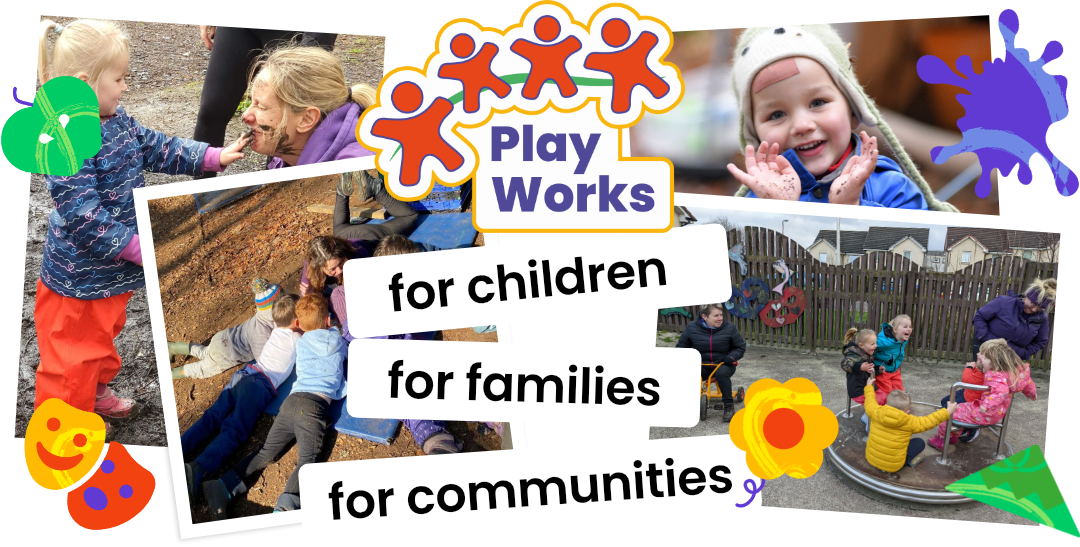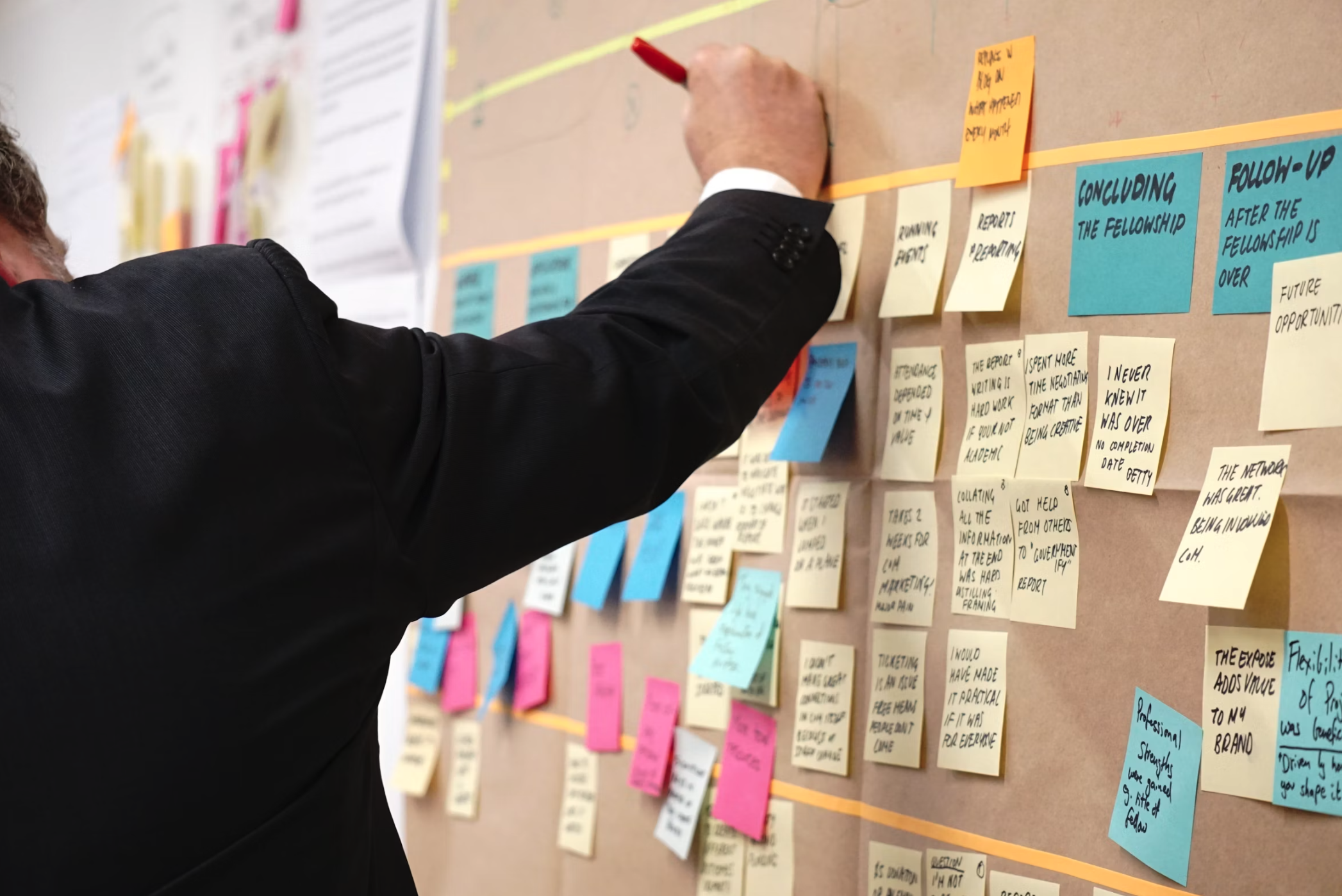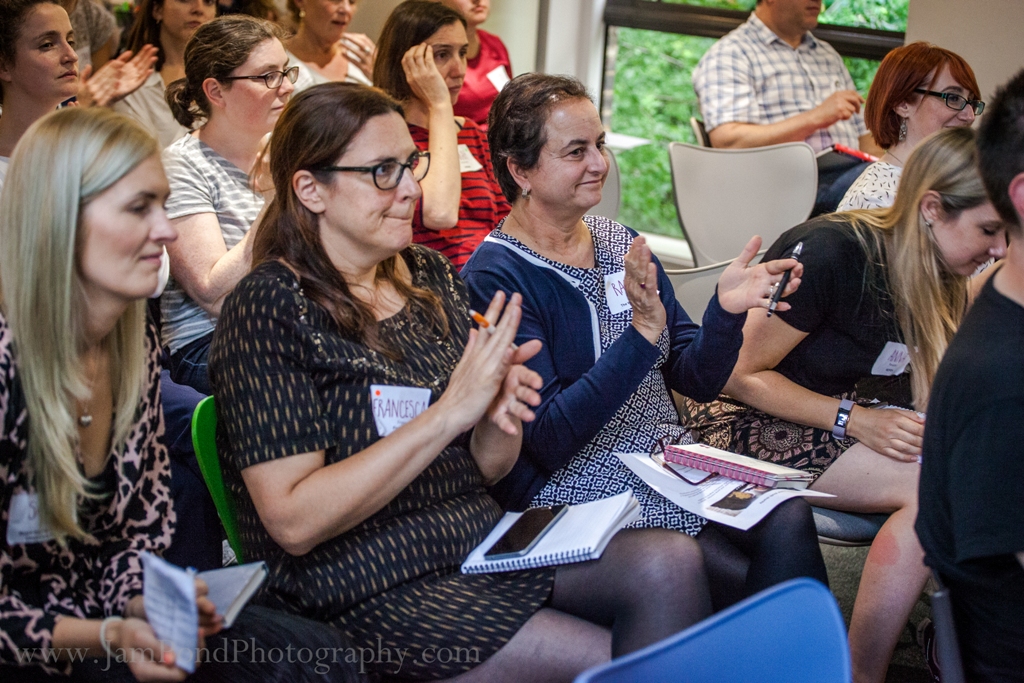The Frustration
If you work in Monitoring & Evaluation, you’ve probably heard statements like this before:
“We just need to get the results ready for the funder report.”
“This is just paperwork we need to do for monitoring purposes.”
Comments like this can be disheartening. Not because accountability doesn’t matter, it does; but because they shrink M&E into a chore and strip it of its potential to guide better decisions, highlight hidden issues and give a fuller picture of the difference your organisation makes.
Why M&E Gets Stuck in Box-Ticking Mode
1. The origins of M&E are in reporting to funders
For many organisations, M&E started off as a way to meet funder requirements and that legacy lingers on. Reporting deadlines and pre-set indicators dominate, while the real purpose of M&E, which is to help us understand and improve what we’re doing, can get lost.
2. Lack of visible value
If the data you’ve worked so hard to collect disappears into a report that few people read, it’s no wonder colleagues question the point. Especially if findings only see the light of day once a year.
3. The language barrier
Terms like logframe, baseline and indicator matrix might be second nature to you, but to others they can feel opaque or overly technical. Without a shared language, it’s easy for people to switch off.
4. Overwhelm and workload pressures
Colleagues are often juggling heavy caseloads or service delivery targets. When M&E tasks get layered on top without any adjustment, it’s natural for people to treat them as something to get done quickly rather than something to reflect on deeply.
5. Indicators that feel disconnected from reality
When what you’re asked to measure doesn’t reflect the actual changes people on the ground are experiencing or when it feels too superficial, trust in the process can start to wear thin.
Shifting M&E from Compliance to Curiosity
None of this means M&E can’t be meaningful. It can, and it should. The challenge is making it useful not just for funders, but for the teams doing the work.
1. Share insights little and often
Don’t keep everything until the annual report. Share short updates that reveal something new or unexpected, even if the data’s not perfect. Small nuggets can help colleagues make immediate improvements.
2. Bring people into the “why”
Before starting a new survey or indicator, explain in plain language what you’re hoping to learn and why it matters. Linking it back to their day-to-day work makes a real difference.
3. Close the loop
When data’s collected, make sure the people who provided it, whether that's staff or communities, get to see the findings and how they’re being acted on. It shows respect and builds trust.
4. Use numbers and stories together
Statistics are powerful, but so are the lived experiences behind them. Putting both side by side gives a fuller, more human picture.
5. Involve colleagues in shaping indicators
Co-creating measures with delivery teams not only builds ownership, it also helps to ensure the data feels relevant and fair.
6. Make M&E a live conversation
Whenever you can, use systems that update continuously. Real-time feedback has far more potential to influence practice than a retrospective report months down the line.
Finding and Using Your Voice
The shift from “box-ticking” to “learning” isn’t something you can do alone, but you do have a role in steering it. The way you frame your work with colleagues matters.
- If you present M&E as a service rather than surveillance, you help people see that you’re there to support, not to police.
- If you avoid jargon and connect each measure to a real decision, you make it easier for colleagues to engage.
- And if you’re quick to acknowledge and celebrate when people use data well, you create momentum for others to do the same.
You don’t need to be perfect, and neither does your data. What matters is keeping M&E alive as part of the ongoing conversation about how programmes can adapt and improve. When you do, you give colleagues the chance to see that M&E isn’t a tick-box exercise at all, but a tool for learning, reflection, and better decisions.













.jpg)
.jpg)








.png)


.png)






.png)

%208.png)









.png)

